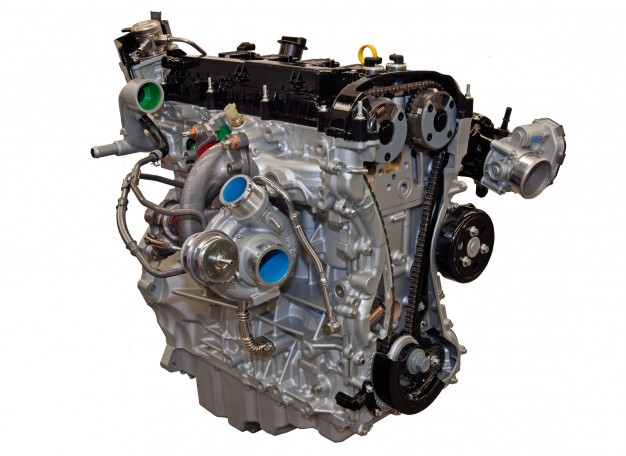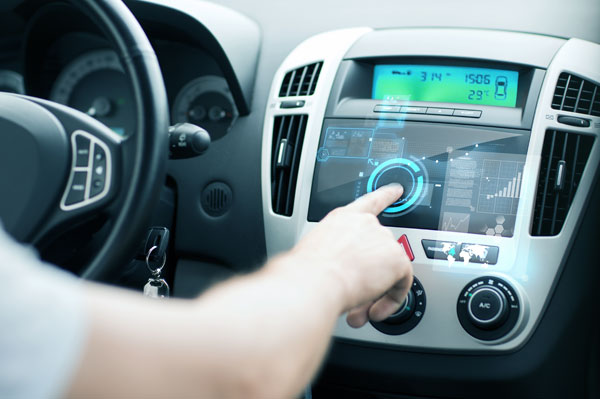Our experienced teams have been helping customers from across the UK with their turbocharger repairs since 1974.
In this post, we’ll be sharing some of the knowledge about common causes of turbocharger damage, and teaching you how to tell when your turbocharger is in need of a service, repair or rebuild.
The cause of damage
There are several main causes of turbocharger damage:
Oil/lubrication
To work effectively, a turbo needs a constant flow of clean oil, and to keep your turbo in top condition, you need to ensure that you change the oil and oil filter regularly.
This helps to prevent the build up of carbon deposits and contaminants that can cause abrasive damage to the inside of your turbocharger, reducing its efficiency and causing irreparable damage over time. Fully synthetic oil produces the least amount of carbon.
Foreign objects
Sometimes, foreign objects like broken engine components, dust particles, small stones, dirt and leaves can enter your turbocharger, either via the compressor inlet or the turbine inlet.
These can then cause impact damage and abrasion to the compressor wheels and turbine blades, which will start to reduce the efficiency of the turbo. To prevent this happening, you need to ensure that your air filter is serviced regularly, and that you check your turbo for loose connections or debris.
Over-speeding
A turbocharger works by increasing the air pressure in an engine (check out our beginners FAQ for further info).
If there are any leaks, cracks or poor seals between the compressor and the engine, the turbo will have to work much harder than it should have to increase this pressure. This will reduce the efficiency and boost delivered by the turbo.
Other causes
In addition to the causes listed above, excessive exhaust gas temps (EGT’s), moisture ingress, wear and tear, fuel intake systems, the wastegate and the exhaust system can also cause damage to your turbocharger.
The warning signs
There are several ways that your vehicle will let you know that its turbo is in need of maintenance or repairs:
Check engine warning lights – On most modern cars, the computer diagnostics will pick up turbo faults and the check engine light will come on. Of course, the check engine light doesn’t just cover turbo failure, and you will need to do some further checks to see what kind of engine problem you have.
The boost gauge – Some turbocharged vehicles are fitted with a boost gauge, which lets you know how much boost your turbo is producing (you can also fit one to your car if desired). If your boost gauge isn’t going up as much as it used to, then there is a good chance your turbo is in need of repair.
Power loss – If you notice that your turbocharged vehicle is accelerating more slowly than usual, or isn’t capable of reaching the speeds it once could, this may be a sign that your turbo is failing.
A smoking exhaust – If the turbo housing has cracked, or the internal seals have blown, oil will start to leak into your exhaust system. As this burns off, it produces a distinctive blue/grey smoke, which will probably become more apparent as the engine revs increase just following an idle situation.
A loud whining noise – Often, a failing turbocharger will make a loud, distinctive noise when under boost – a bit like a dentist’s drill or police siren if compressor wheel damaged. If you start to hear this noise from your engine, it’s definitely time to have it checked out!
The next steps – checking your turbo
If you notice any of the warning signs, then get your turbo checked as soon as possible. Your turbocharger isn’t going to repair itself, and the longer you leave it, the worse (and more expensive) the problem will get!
At AET, we’re always happy to help with the cost-effective diagnosis and repairs on a full range of turbochargers. Alternatively, if you’re mechanically minded and aren’t afraid of looking under the bonnet, you can check for a range of faults yourself by inspecting the turbo.
Essentially, you are looking for signs of oil, excessive movement, impact damage and contact between the compressor wheel and housing.
Before you start the process, we recommend checking the air filter, exhaust system, breather system and fuel system on your vehicle are all working properly, as these can cause similar symptoms to turbo failure.
Once you’ve done that, you’ll need to remove the air filter to gain access to the turbo. First, examine the exterior, checking for any signs of oil or loose connections.
Then, check the compressor wheel – it should be clean, without any dings, chips, or signs corrosive pitting. Look out for evidence of excessive movement, ensuring that the wheel can’t touch the housing, and check to see whether the turbocharger is able to rotate freely.
I you are feeling particularly ambitious; you can also check the exhaust side of the turbo. First, remove the exhaust pipe all the way to the turbo, so you can see the turbine wheel. This should look clean, with no carbon build up, scale or oil along the surface, and the blades should be free from cracks, wear and damage.
Finally, you can check the turbo housing at the exhaust end for any cracks or leaks, which will also affect performance.
For some common examples of damaged turbochargers and what to look for, check out our regularly updated gallery of fails.
How we can help
At AET, we provide high quality, professional repairs for turbochargers across a full range of applications.
For further information on turbocharging technology or any of our services, get in touch with our friendly team of experts today on 01924894171, or email [email protected].



